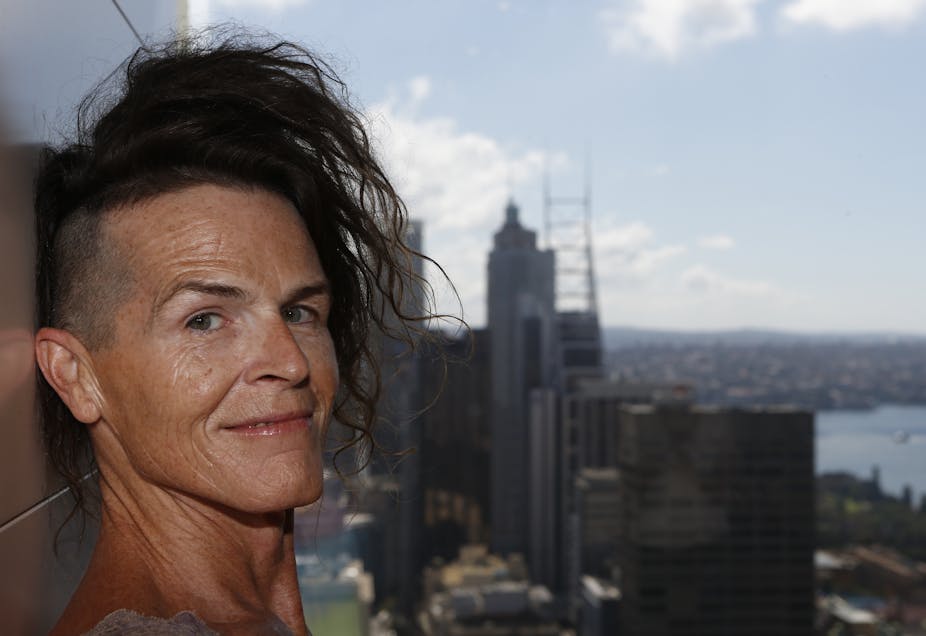The landmark ruling this week by the High Court – that the New South Wales Registry of Births Deaths and Marriages must recognise a third category of non-specific sex in addition to male and female – represents the latest in a series of incremental shifts in the way government agencies understand the nature of sexual difference, however slow the wheels of bureaucracy may turn.
It’s a huge win for Sydney resident Norrie who has been fighting in the courts for the right to be recognised as a gender neutral person since 2010.
In 2006 the Australian Bureau of Statistics (ABS) announced that sex and gender diverse persons were at liberty to cross out the “M” and “F” boxes on the upcoming census form and write instead their own classification of preference.
That announcement followed strenuous lobbying by intersex advocacy groups such as A Gender Agenda (who also applied to appear as amicus curiae in Norrie’s case) and OII Intersex Network.
Yet any sense of victory was short-lived after Dave Nauenburg, then ABS director of Population Census Development and Field Organisation, said that the bureau would not be counting the number of people who self-classified.
Instead its data-sorting program would randomly allocate those whose sex was otherwise unspecified into one of the two existing categories: male or female. Despite assurances that such changes would be made in advance of the 2011 census, they did not eventuate.
But change is surely afoot; the ABS announced in 2012 that it was conducting its own review of the Sex Standard, and together with the force of public submissions on the issue, we may well see an expanded set of options for the category of sex in the 2016 Census.
The importance of being able to capture such data should not be underestimated. ABS data is intended to satisfy two primary objectives: accurate measurement of the number and characteristics of persons in Australia, and the provision of relevant high quality data with respect to small population groups.
Thus the failure to capture data on sex and gender diversity undermines the capacity of the Bureau to meet its own objectives. Without data, there is no way to get any sense of the actual size of sex and gender diverse populations. Without data there is no evidence base with which to inform policy, planning, and service provision.
Think about this in relation to health care for example.
A second shift became evident in 2011 when the Department of Foreign Affairs announced changes to Australian passport rules. Those changes mean that transsexual and transgender people can now travel with documents that reflect their gender identity and appearance, while intersex people have the option of selecting a third category, “X”, should they so choose. The impact of those changes was both pragmatic and symbolic.
As Marian Pitts noted on The Conversation yesterday, understanding male and female in dualistic terms is a spurious endeavour and demonstrates how out of step the law is with scientific evidence.
Medical science recognises human sex development is incredibly complex and produces a diverse array of human bodily types. Yet, at the same time, medical understandings of what is normal and by extension, socially and culturally desirable, ensures that a binary model continues to prevail.
Pitts also focused on the plethora of public and private institutions that a person must navigate in the quest to change the sex-gender status on their documentation. The sheer list of organisations cited gives pause for thought. The barriers to enabling such changes are not simply historical.
Consider how reliant we have become on software and computer programming over the last two or three decades. Software coding also plays a part in shoring up binary logic.
Yet as Facebook demonstrated with its recent expansion of the gender options available to users (as announced in February), this particular barrier is just as provisional as any other. Take note, ABS.
Like many others, I congratulate Norrie for that dogged persistence and tenacity that led to this week’s High Court decision.
Further reading:
Why Norrie’s court victory is a leap forward for everyone

